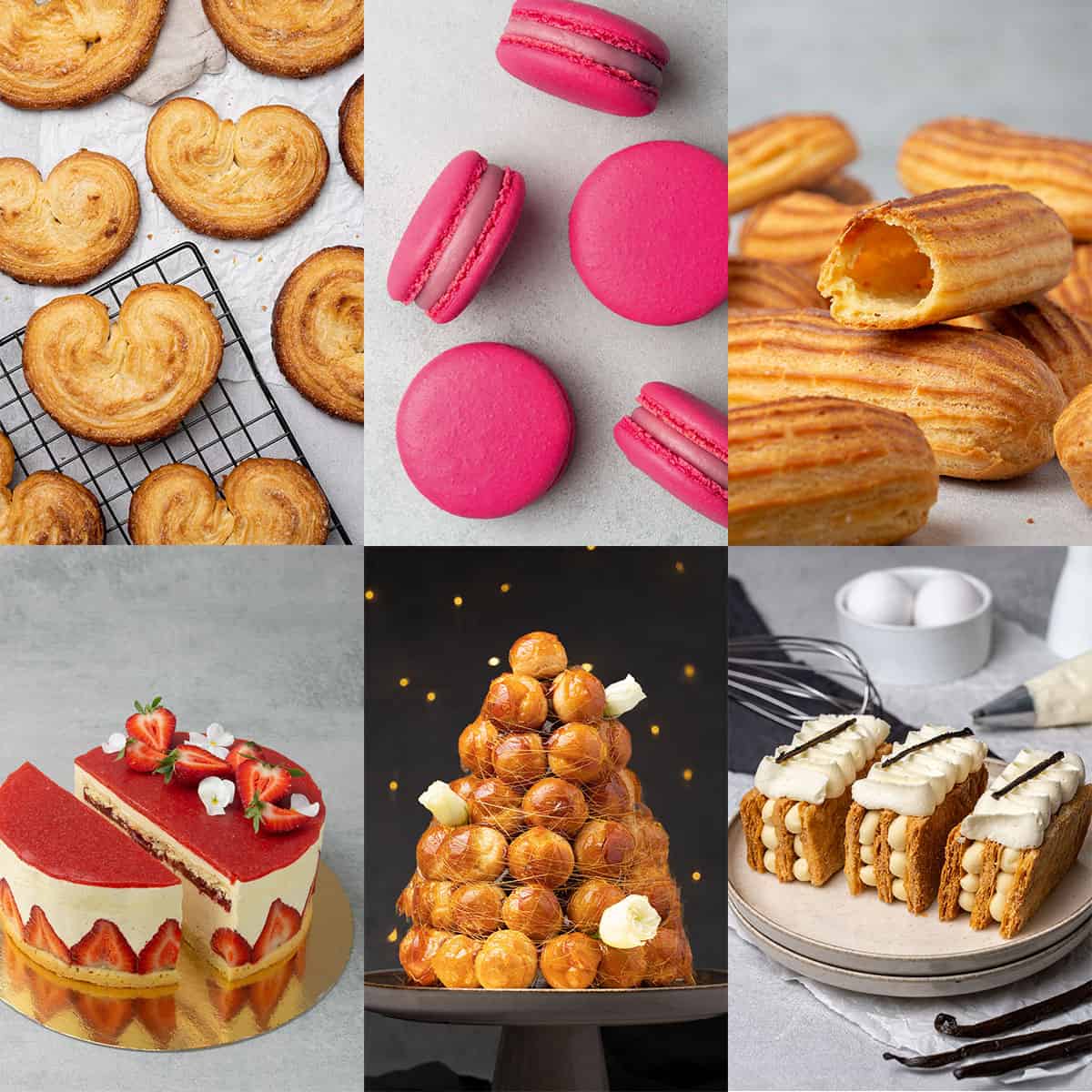The Ultimate Guide to Perfecting Classic French Pastries at Home
French pastries are renowned worldwide for their exquisite taste, delicate textures, and artful presentation. From flaky croissants to creamy éclairs, mastering the art of French pastry-making at home can seem like a daunting task. However, armed with the right knowledge and techniques, you can create these delectable treats in your own kitchen. This ultimate guide will walk you through the essential steps to perfecting classic French pastries, allowing you to indulge in a taste of France from the comfort of your home.
1. Mastering the Basics:
Before diving into specific recipes, it’s crucial to understand the fundamental techniques and ingredients used in French pastry-making.
– Pastry Dough: The foundation of many French pastries, such as croissants and puff pastry, is a laminated dough. This dough consists of alternating layers of butter and dough, rolled and folded multiple times to create flaky, airy layers.
– Crème Pâtissière: Also known as pastry cream, this rich custard is a staple in many French desserts, including éclairs, tarts, and mille-feuille. Made with milk, eggs, sugar, and flour or cornstarch, crème pâtissière adds creamy texture and flavor to pastries.
– Choux Pastry: Used to make profiteroles, éclairs, and cream puffs, choux pastry is a versatile dough that puffs up when baked, creating hollow centers perfect for filling with creams or custards.
2. Essential Tools:
Having the right equipment can make a significant difference in your pastry-making endeavors. Here are some essential tools you’ll need:
– Rolling Pin: Essential for rolling out dough to the desired thickness.
– Piping Bags and Tips: Used for piping doughs, fillings, and decorations onto pastries.
– Baking Sheets: Non-stick baking sheets are essential for achieving even browning and preventing sticking.
– Pastry Brush: For applying egg washes or glazes to pastries before baking.
3. Classic French Pastry Recipes:
Now that you’re familiar with the basics, let’s explore some classic French pastry recipes you can try at home:
– Croissants: These buttery, flaky pastries are a quintessential French breakfast treat. Making croissants from scratch requires patience and precision but results in a rewarding final product.
– Macarons: Delicate and colorful, macarons are almond meringue cookies filled with ganache, buttercream, or jam. Mastering the technique of macaronage is key to achieving the perfect texture.
– Tarte Tatin: A rustic yet elegant dessert, tarte Tatin features caramelized apples baked in a buttery pastry crust. Serve warm with a dollop of crème fraîche for a decadent finish.
– Mille-Feuille: Also known as a Napoleon, mille-feuille consists of layers of puff pastry filled with crème pâtissière and topped with icing or powdered sugar. The key is to achieve crisp, golden pastry layers and smooth, creamy filling.
4. Tips for Success:
- Precision is Key: French pastry-making is as much a science as it is an art. Pay attention to measurements, temperatures, and techniques to ensure consistent results.
- Practice Patience: Many French pastries require multiple steps and resting periods. Embrace the process and allow ample time for doughs to rest and flavors to develop.
- Quality Ingredients: Use high-quality ingredients, especially butter and chocolate, to elevate the flavor of your pastries.
- Attention to Detail: Presentation is crucial in French pastry-making. Take the time to decorate and garnish your creations for a professional finish.
By following this ultimate guide, you’ll be well-equipped to embark on your French pastry-making journey at home. Whether you’re craving a buttery croissant for breakfast or a decadent mille-feuille for dessert, mastering these classic recipes will allow you to savor the flavors of France in your own kitchen. Bon appétit!

